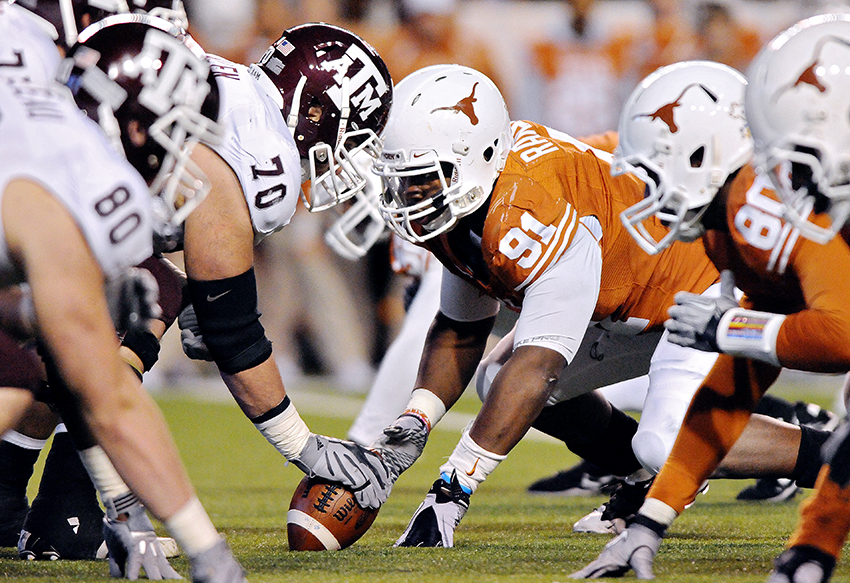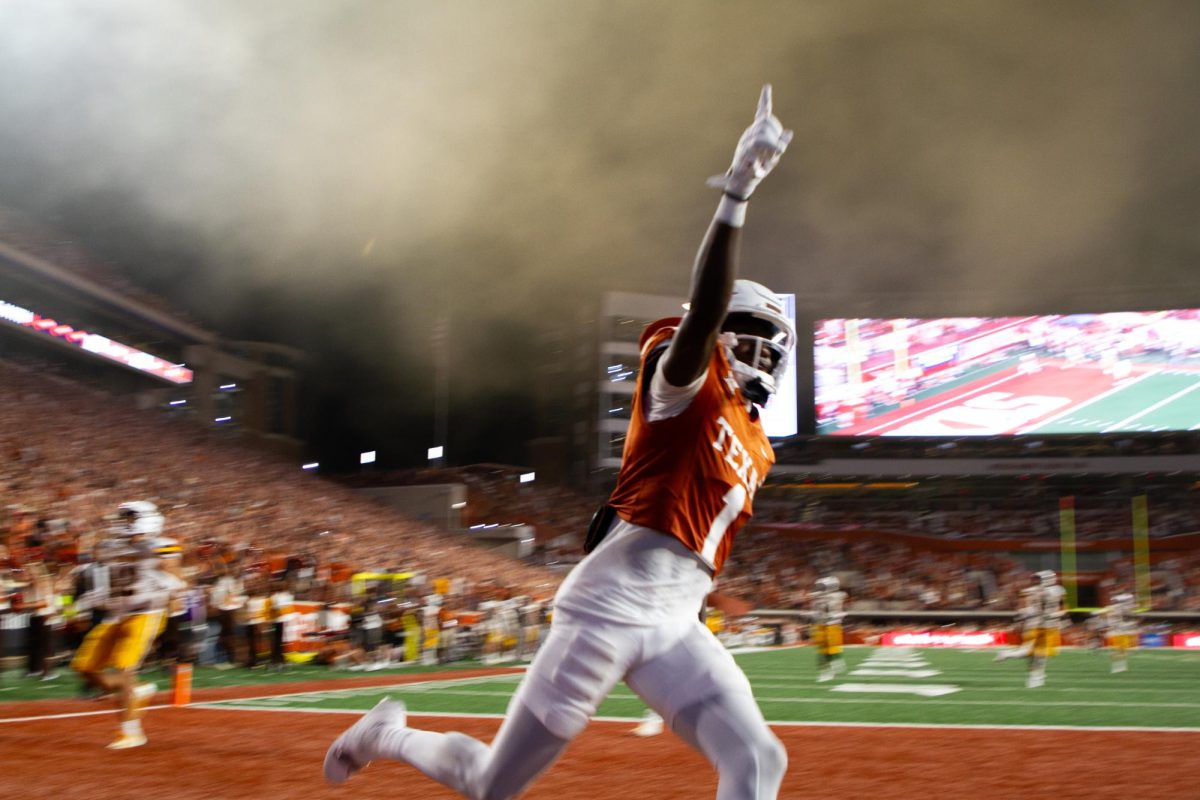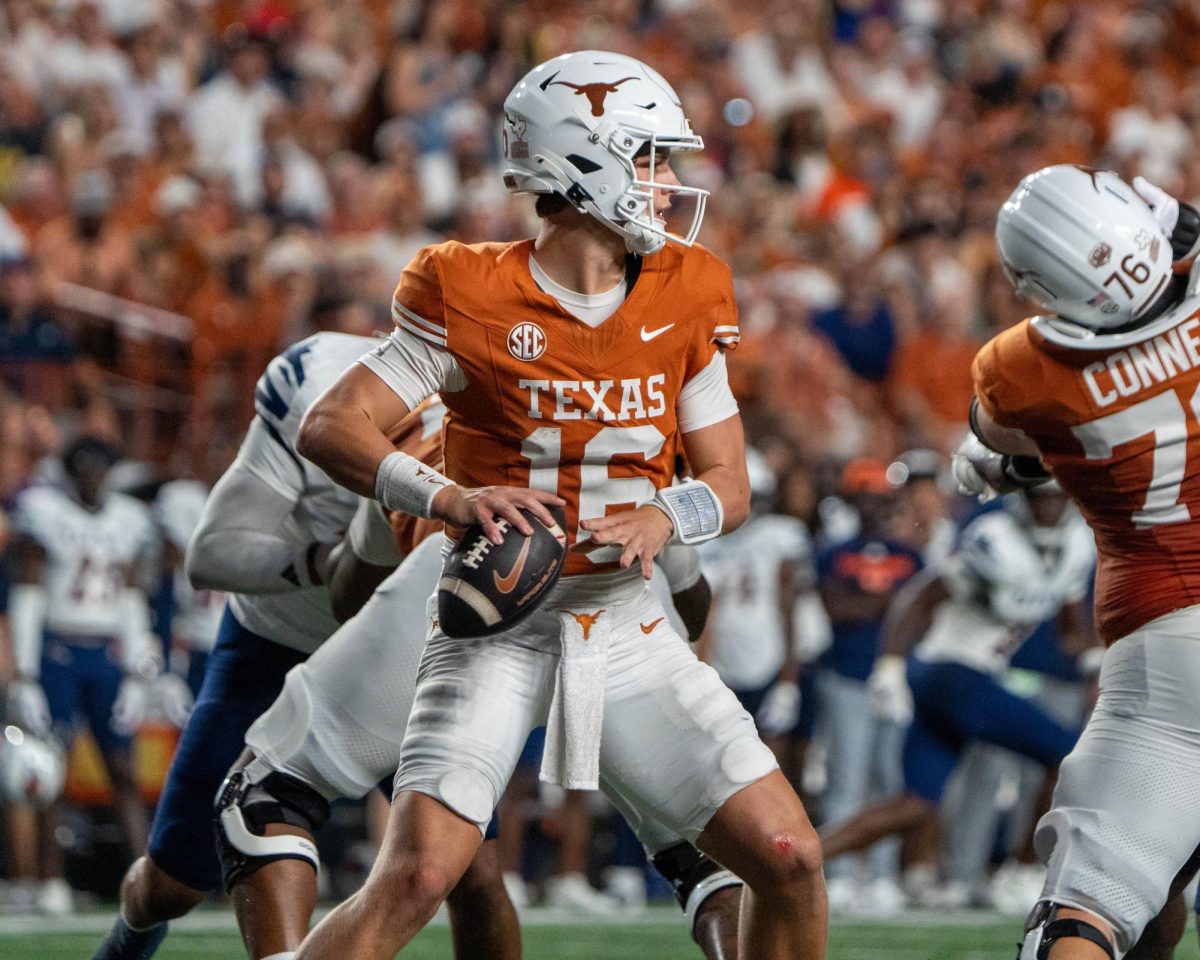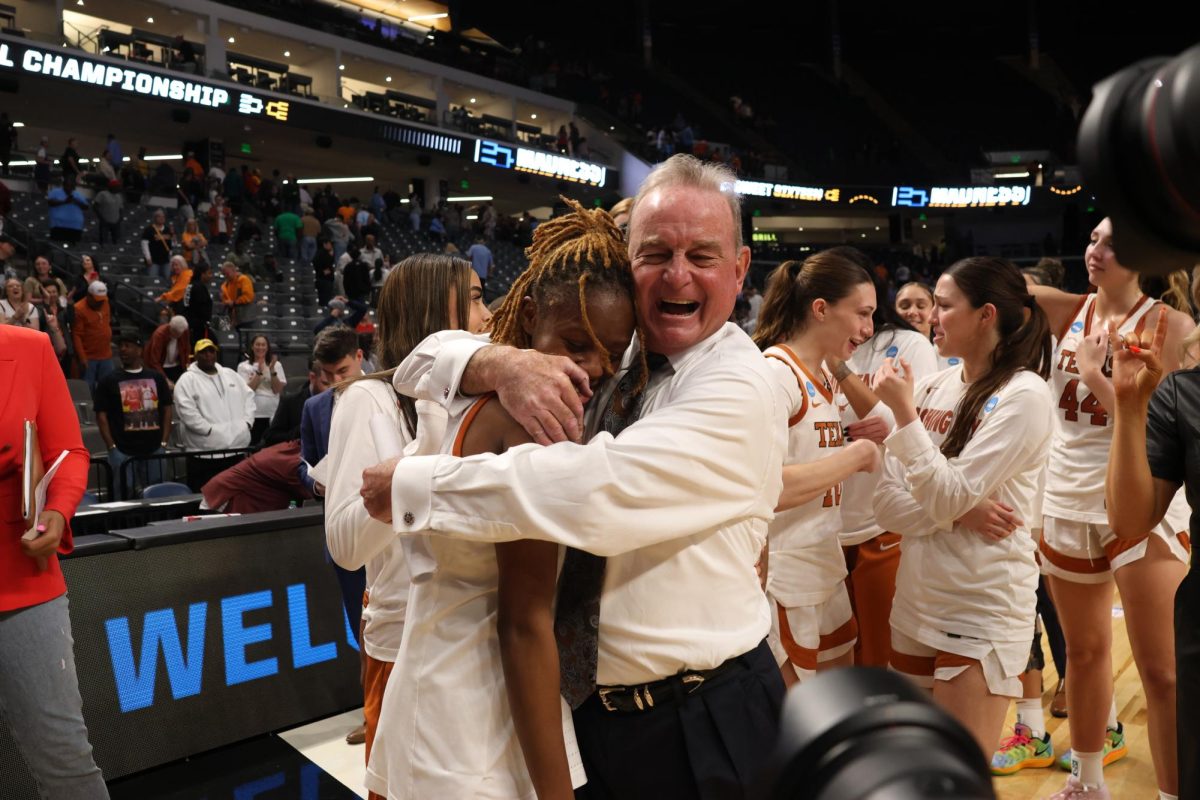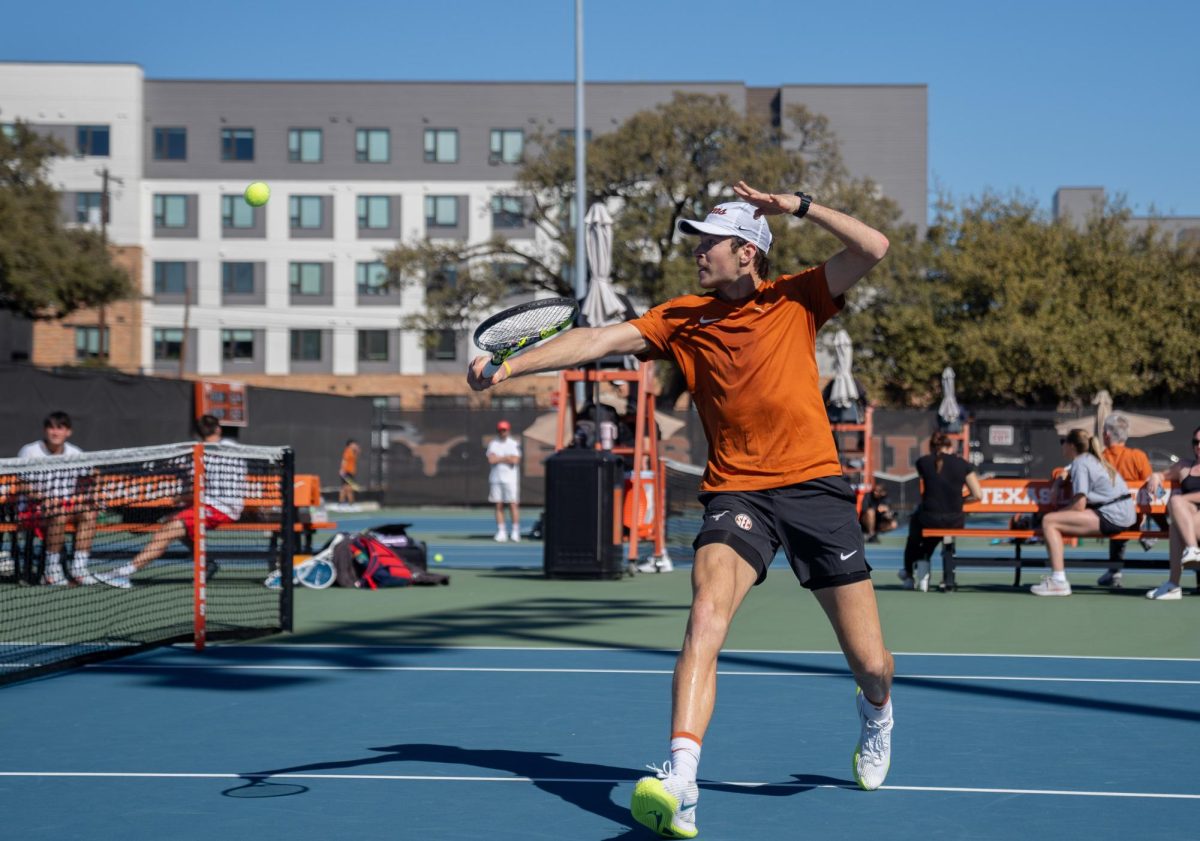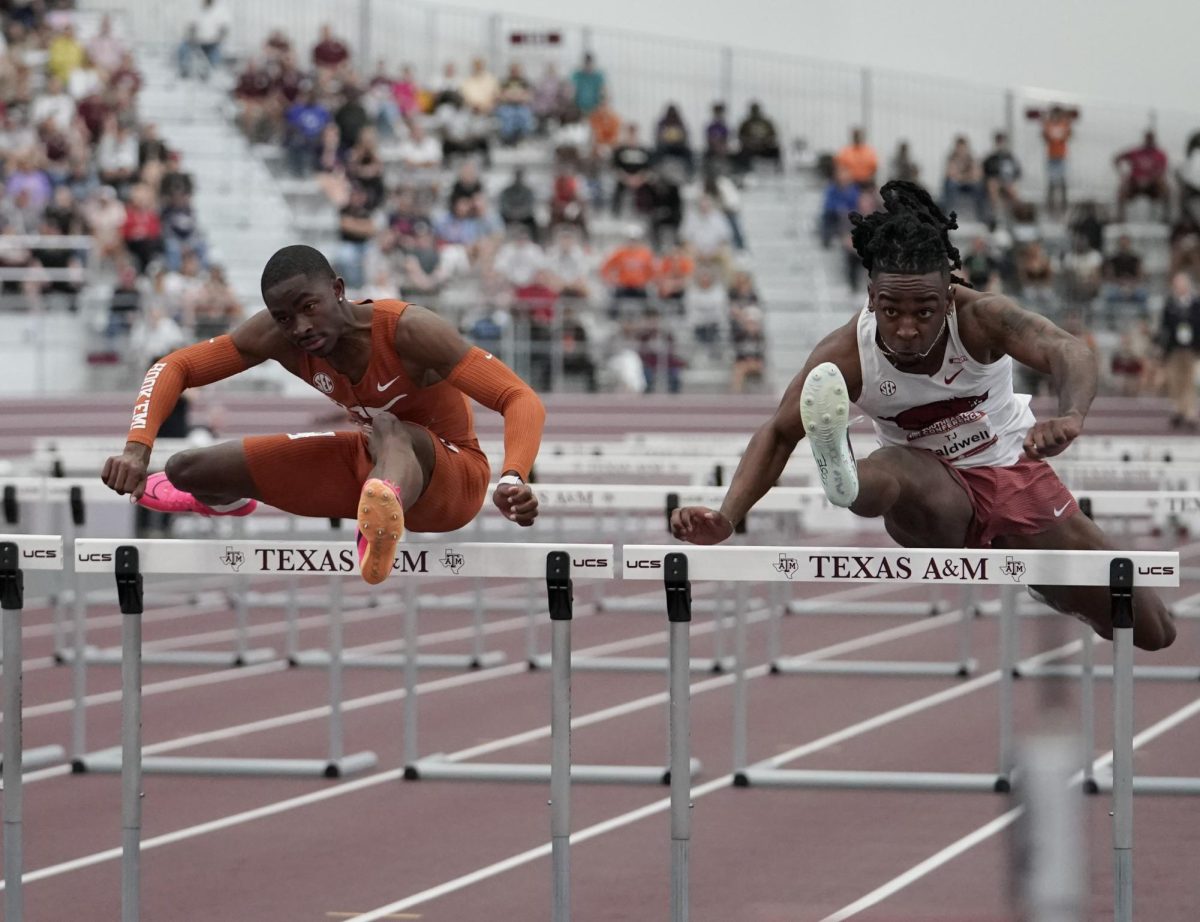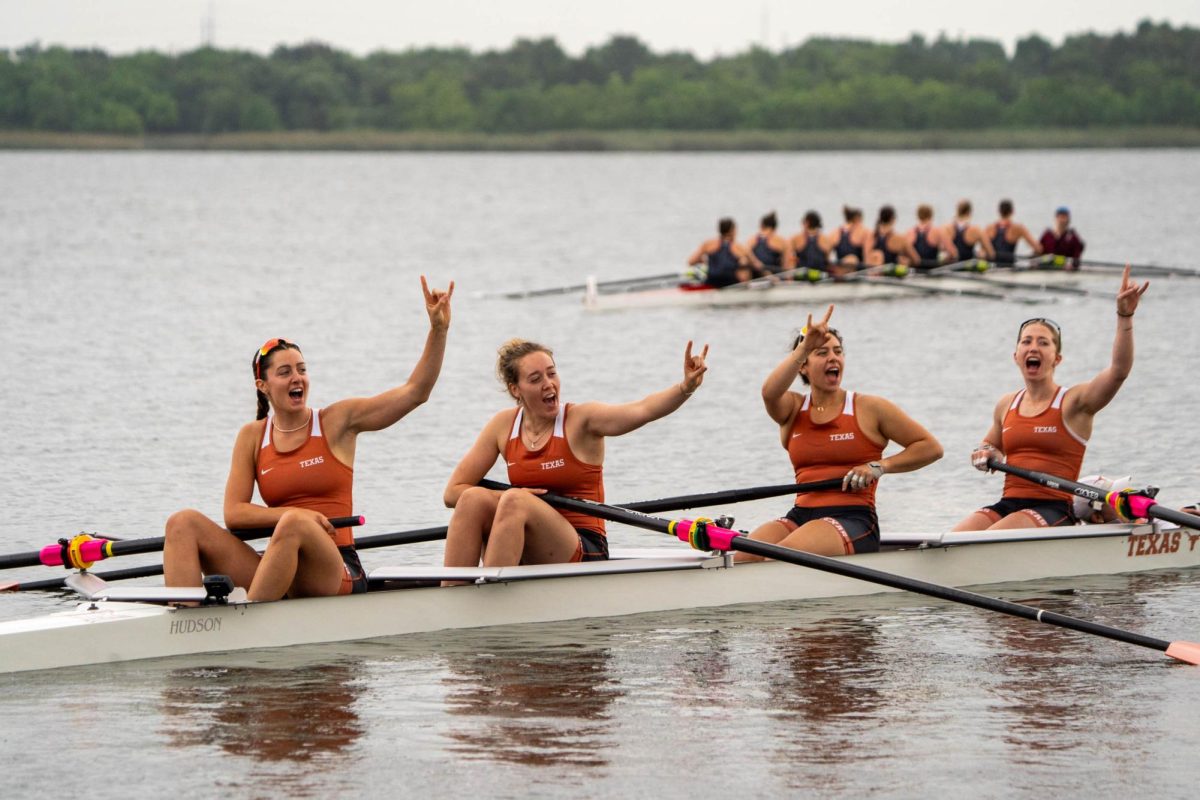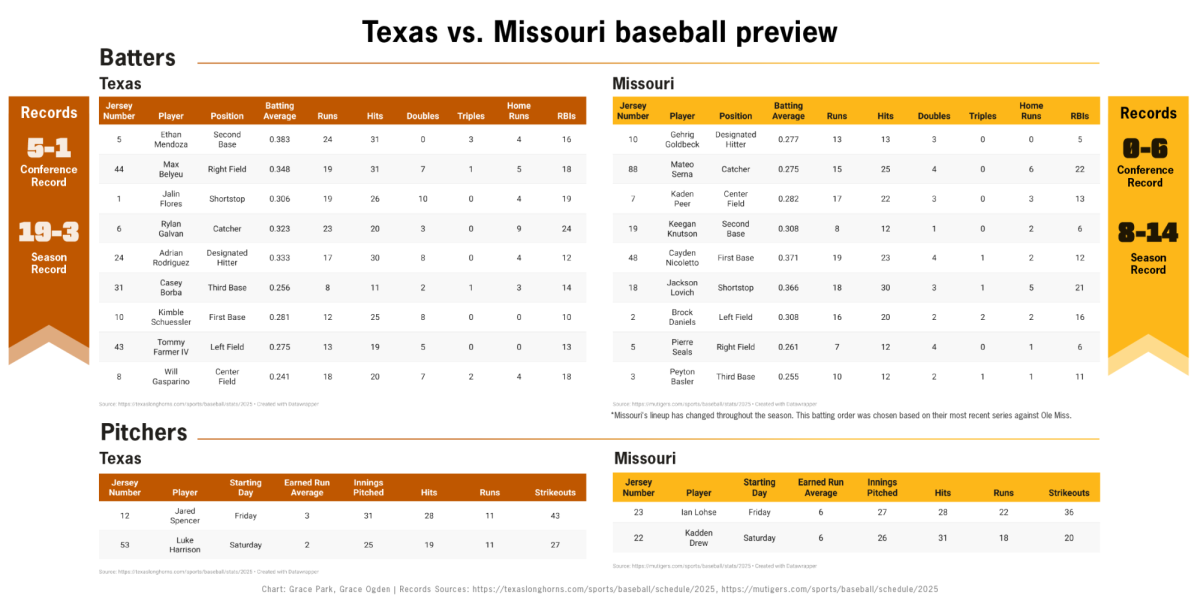Editor’s note: This article originally appeared in Reporting Texas.
Nearly six years have passed since Texas kicker Justin Tucker’s game-winning 40-yard field goal that beat Texas A&M at Kyle Field.
The rivalry was finished, 117 years after the Longhorns and the Aggies had first met on a football field, with Texas holding the 76–37–5 advantage. Texas A&M was leaving the Big 12 for the Southeastern Conference, and the Lone Star Showdown was no more.
In the years since, there has been plenty of chatter about one day reviving the rivalry, but nothing palpable to ever make anyone believe it would happen soon.
Texas head coach Tom Herman and Texas A&M head coach Kevin Sumlin both have said they hope the game will come back. Earlier this semester, Texas’ student government sent out a poll asking if the game should return. Nearly 8,000 students responded, with 97 percent voting in favor of it.
Actually bringing the game back is much more complicated, of course. But don’t tell that to the governor of Texas.
As he addressed reporters last month before a men’s basketball exhibition between Texas and Texas A&M, Gov. and Texas alumnus Greg Abbott boldly stated: “My next goal as governor is to reunite the Texas-Texas A&M football rivalry.” Social media lit up. Was Abbott just pandering to fans, or had he just publicly disclosed agenda item No. 1?
“Governors say things that they might wish to see happen in the best of all possible worlds, but that (are) nowhere near reality, nowhere near happening anytime soon,” said Cal Jillson, a political science professor at Southern Methodist University in Dallas.
But what could Abbott realistically do to get the two schools to meet again on the football field?
Abbott has the convening authority to call together key decision makers from both schools. Jillson said Abbott could simply ask both sides to work on getting an agreement done and report back to him.
If Abbott truly is committed to do whatever it takes to bring back the rivalry, he does theoretically have the leverage to do so.
For instance, at the end of each legislative session, Abbott signs off on the Texas state budget, which provides funding to Texas and Texas A&M. Abbott also appoints all regents for both schools, with confirmation from the Texas Senate. He holds influence over senior officials at both schools through his governing power over the Texas Higher Education Coordinating Board.
Jillson said it would be highly unlikely for Abbott to ever use any of that as leverage.
“The governor gets much of what he accomplishes done by discussion, by a statement of preferences,” Jillson said. “Not much that the governor accomplishes is done by actually slapping people around and telling them what he wants them to do. The way he expresses it is ‘I hope you’ll look into this,’ and they know what he means.”
Even if Abbott got both sides to meet, it is far from a guarantee that an agreement to play would ensue. Scheduling is the biggest obstacle.
In today’s college football world, teams don’t want to overload their non-conference schedule with multiple Power 5 opponents, particularly multiple traditional powers. Arthur Johnson, UT’s associate athletic director for football operations, said that is especially the case for Texas, which already plays nine conference games each year in the Big 12, whereas Texas A&M plays eight in the SEC.
Texas has a non-conference Power 5 opponent scheduled every year through 2024. The earliest open window to schedule Texas A&M for a home-and-home series would be in 2025-26. The Longhorns have a series scheduled with Michigan in 2024 and 2027, but they are trying to get the 2027 game moved to 2025, Johnson said.
That would help line up with Texas A&M’s future schedule. The Aggies have a non-conference Power 5 opponent scheduled every season through 2025, with 2026 and beyond open. Texas A&M declined Reporting Texas’ request to interview athletic director Scott Woodward for this story.
Both schools still could possibly play each other before then, but it is unlikely. At least one school would likely have to back out of a contract with one of the non-conference teams already on its schedule. If Texas were to do that, the Longhorns would have to pay that opponent a heavy buyout, usually over $1 million for each game canceled.
“Scheduling is hard, man,” Johnson said. “It is really hard.”
A lot of moving pieces would all have to fall into place for Texas and Texas A&M to meet again on the football field. The pressure from both fan bases is tangible. Each side’s head coach, athletic director and system chancellor have publicly supported the idea of bringing back the game.
“With anything, it has to be an alignment and it would have to work,” Johnson said. “But only one person can influence both institutions equally.”
And that person is Abbott, the biggest player in the game.

